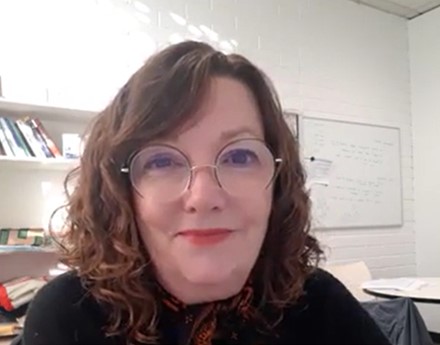Australia's Latest National Consensus Statement Strengthens End-of-Life Care
2373 0
A post written by Associate Professor Kim Devery, Project Lead, End-of-Life Essentials

Recently, the second edition of the National Consensus Statement: Essential elements for safe and high-quality end-of-life care was released, written by the Australian Commission for Safety and Quality in Health Care (The Commission). The Commission’s focus on end-of-life care stemmed from their work in the recognising and responding to clinical deterioration program. They insightfully recognised that a significant proportion of patients who deteriorate in hospital are deteriorating because they are at the end of their lives, and that the care they receive may not always be appropriate.
In 2015 the first landmarked edition of this document provided the foundation for all End-of-Life Essentials education.
The need for guidance about safe and high quality end-of-life care is never more important. In the next twenty years, by 2040, the numbers of Australian who die each year are projected to double, largely because of our naturally aging ‘baby boomer’ population [1]. All health services will be required to pivot to provide ever-increasing scope of providing safe end-of-life care to their communities. End-of-Life Essentials is amplifying efforts to have greater uptake across the hospital sector, to increase capacity and capability of the hospital workforce across Australia.
In the End-of-Life Essentials team, Deb Rawlings (lead) and Kim Devery (contributed) to producing two rapid reviews of the literature [2, 3], both of which underline the latest Consensus Statement. As a result, the Consensus Statement has been broadened to ensure its relevance to all health services, including primary and community care and residential aged care facilities. The Consensus Statement has been developed for:
- Healthcare workers who provide care to people approaching the end of their life.
- Healthcare service executives and managers.
- Clinical education and training providers, including universities and professional colleges.
- Health professional registration, regulation, and accreditation agencies.
- Planners, program managers and policymakers working on end-of-life care projects.
When you complete education, plan workforce education or access resources from End-of-Life Essentials, you can know that our team are active in the sector and have the following long term goals for:
- Clinicians
- Are aware and capable of quality end-of-life care.
- Hospitals
- Are places where Australians can safely die.
- Are key places in enabling end of life care.
- Systems
- Prompt identification of patients at the end of life.
- Processes and priorities exist that enhance excellent end-of-life care.
References
- Swerissen, H and Duckett, S., 2014, Dying Well. Grattan Institute
- Rawlings D, Damarell R, Chakraborty A, Devery K, J. T. Rapid review of the literature on end-of-life care in aged care and community settings. Sydney: ACSQHC; 2022.
- Rawlings D, Devery K, Tieman J, Tait P, Chakraborty A. Rapid review of the literature on end-of-life care. Sydney: ACSQHC; 2021.

Associate Professor Kim Devery
Project Lead, End-of-Life Essentials